Social media, apps, web... are only the tip of the iceberg that is the Internet. This article - on Layer 7 of both the networking stack and Maslow's motivational pyramid - explains how the personal need towards self-actualisation can contribute to the resilience of the communities and societies.

Layer 7 - the application layer - is the last official layer of both the OSI networking model and TCP/IP stack. The seventh layer of the basic Maslow’s pyramid is the need for self-actualisation. Advanced versions of motivational theory modify the triangular shape by removing the whole concept of linear hierarchy, or replacing the top with concentric circles - for example, in the “Internal Family Systems” theory (IFS). The personal (self) is inside the spheres of local community and global systems - two extra layers that I will cover in the follow-up articles.
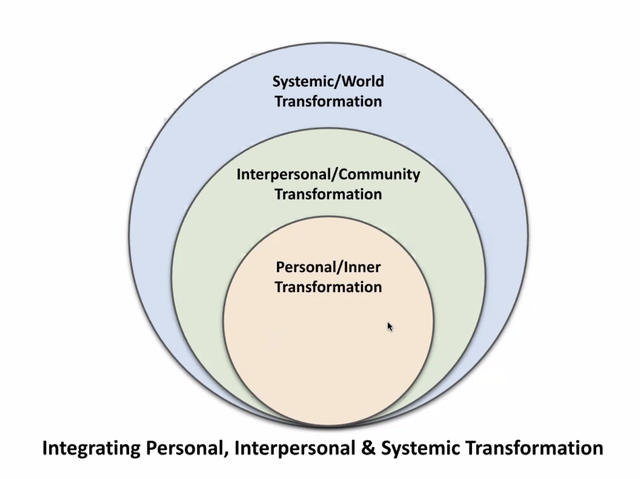
The Web
Most ordinary people equate “the web” and “the Internet”.
It is only the “techies” that consider “the whole stack”, and give specific names to the various usages of the application layer: web (HTTP), content, email (SMTP), apps, social networking, social media…
“The Internet” has become a powerful force in our societies, inspiring strong feelings. People either love it or hate it, and even anthropomorphise the content providers, assigning them the ethical values of good/evil, lawful or chaotic.
The fiction and art about “The Internet” is immense. Here are some recent critical representations:
- "The Social Network" (2010 movie)
- Novels “I hate the Internet” (2017) & “The Circle” (2016)
- TV series “Black Mirror”

How to self-actualise your own web/social media:
- Run your own social network
- Run it for public benefits, not for privatised gain
- Find out about the EDN Project (real decentralised network) and their wiki with lots of practical resources
The connection between self-actualisation and Internet applications (social media) is highlighted inthis article by Pamela Rutledge, professor of media psychology:
Needs are, like most other things in nature, an interactive, dynamic system, but they are anchored in our ability to make social connections.
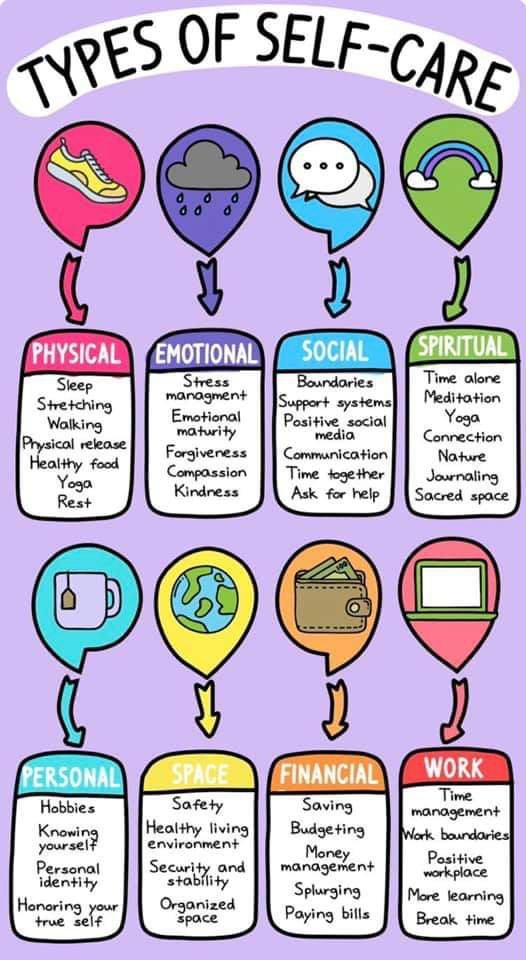
The Self
Self-actualisation is both the pinnacle of individual self-development — fulfilling one’s greater purpose — and a basis for being able to contribute to the resilience of communities and societies. In extreme, these two aspects can lead to either self-indulgence or self-sacrifice: the challenge is to find the balance between the two.
Here are some unusual tips on how to actualise your “self" in a multitude of ways - radical and/or gentle, intersectional and/or revolutionary:
- Self-care is a social justice issue: did you know that “the origins of today’s self-care industry are deeply embedded in the Black Power movement of the 1960s and ’70s, in underserved communities across the USA”?
- By practicing Self-Love you are supporting your own growth
- To learn about on Trauma Informed Self Empowerment, watch this short video with Courtney Leak on The Cozy Robot Show
- Lessons on self-help from the anarchist communities: Self Help for Revolutionaries
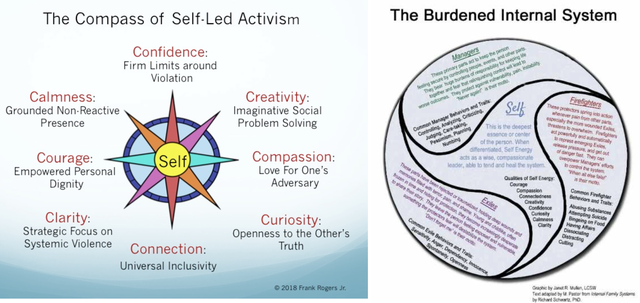
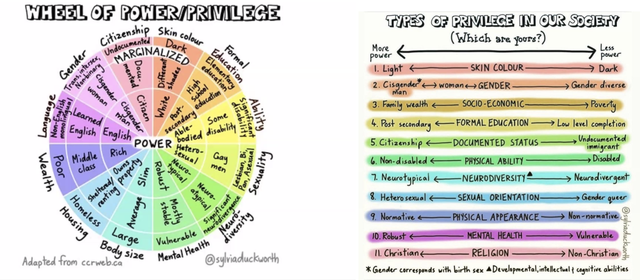
The Privilege
In computer science and network security, the concept of “privilege” is used to describe the level of access that a person (user, administrator, engineer….) or a function has to the digital processes and physical or computational resources. In social sciences, the concept of privilege is used to describe person’s agency, determined by external circumstances, systems of power, group dynamics, personal abilities and preferences.
These articles cover the intersection of privilege in web, software, pandemic, sustanability and justice:
- User Experience Designer Articles: "The Web of Privilege", by Matthias Ott (June 2020)
- Defining privilege as a developer, by Adam Soucie (January 2020)
- "In A Web of Privilege", by Jason Novak (2017)
- On male privilege and networks, Tin Geber (2016)
- Privilege as Practice: A Framework for Engaging with Sustainability, Diversity, Privilege, and Power by By Matthew Kolan and Kaylynn Sullivan (2014)

The Pandemic
Since this series - and this pandemic - is lasting much longer than expected or planned, and since everything is interconnected, I will link to more resources for each of the other eight layers, as they relate self, web, and/or pandemic:
- Physical (and mental health) Layer
Re-entry Anxiety, as the Pandemic Recedes (WSJ, May 2021) - Data (and security / safety) Layer
"We keep us safe: the transformative justice movement" (May 2021) - Network (and needs for connection, belonging, love, and empathy) Layer
"Empathy as a Service to Create a Culture of Security" (2020, video) - Transport (and need for acknowledgement) Layer
“The cure for burnout is not self-care. It is all of us caring for each other" (TED talk, 2021) - Session (Cognitive needs and neurodiversity) Layer
Pandemic Brain (May 2021) - Presentation (and aesthetics, art, nature) Layer
Ecological Self-Realization: The Power of “I Am Nature” (December 2020) - Application Layer
Self-Tracking, Embodied Differences, and the Politics and Ethics of Health | Catalyst: Feminism, Theory, Technoscience; 2021 - Financial Layer
"Tech Work Under the Pandemic: Cleaner and App Co-owner" (March 2021) - Political Layer
Understanding the long-term societal impacts of COVID-19 (May 2021)
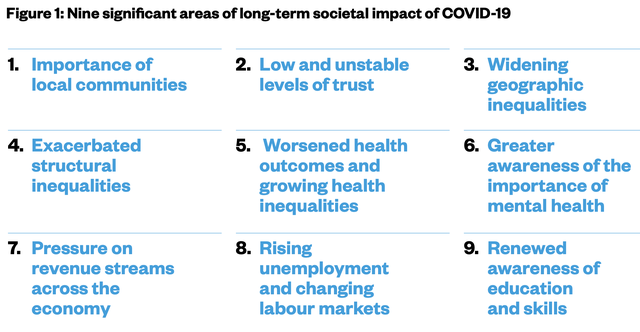
Calls for Actions
- Register for these upcoming online events:
- 21-25 June 2021: Terena Research and Education networking conference: https://tnc21.geant.org/
- 22-25 June 2021: Simple Web Conference: https://simplewebconf.com/agenda.html
- 29. June: EuroDig session: "Mental wellbeing vs. digital addiction effects on human interaction"
- Calculate “How Privileged Are you” (my score is 5!)
- Consider how to nurture yourself towards self-actualisation (see picture below)
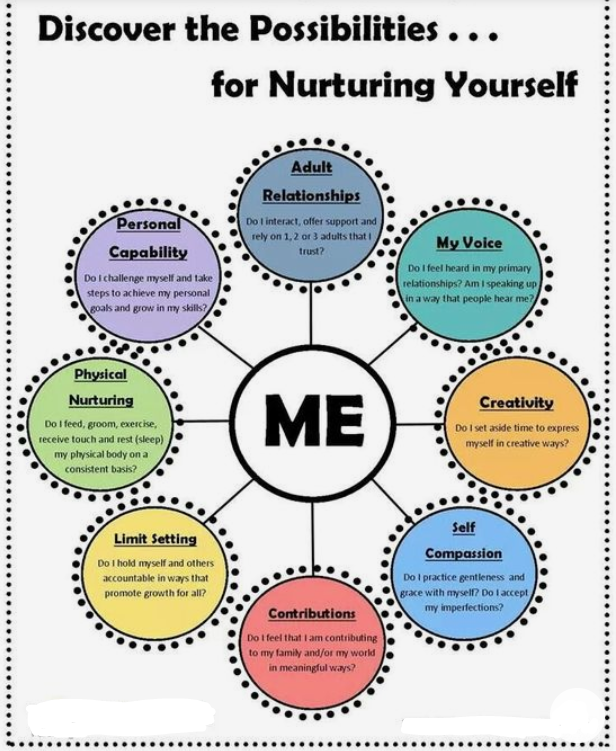


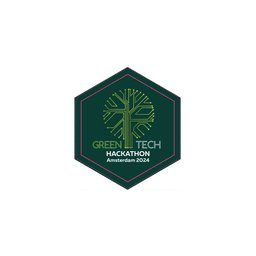
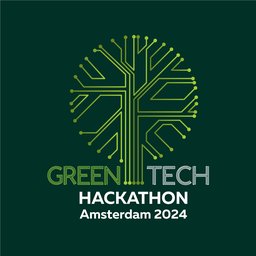
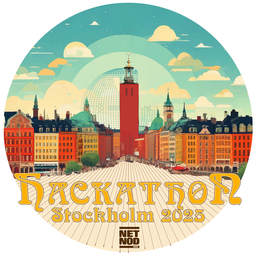
Comments 1
The comments section is closed for articles published more than a year ago. If you'd like to inform us of any issues, please contact us.
Pamela Rutledge •
Thanks for the link to my article! I love how you emphasize different ways of "taking charge" of your wellbeing by building a sense of control, competence and connectedness through acts of self-care.